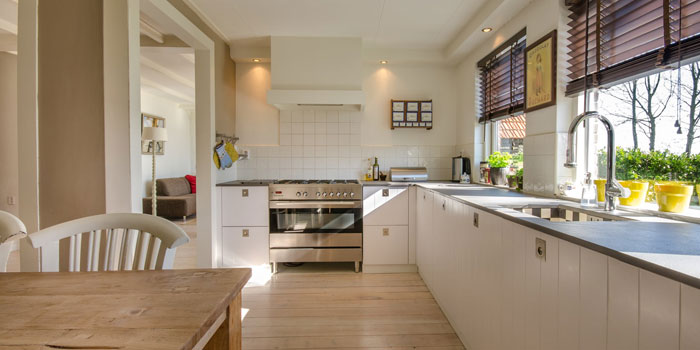
New year, new bills. Many homeowners are tempted to offset mortgage payments and other debts with additional cashflow from renting out an apartment suite within their home. But, by doing that, are they forfeiting what is probably the biggest incentive to investing in a home: The Primary Residence Exemption (PRE)? The PRE means any appreciated value — the capital gain on your home — is protected from tax when you sell it. With soaring home values in major Canadian cities, this can represent a huge tax savings when it comes time to sell the principal residence, perhaps to fund retirement. But can you lose this tax exemption status if your home has an income suite? Read on.
Bottom Line: No, as long as the income suite is a secondary use of the property.
According to the Canada Revenue Agency any rental suite within your home must be ‘ancillary’ in nature to the property’s primary purpose as a family home.
In a written response in November 2019, a CRA spokesperson stated:
“In the view of the Canada Revenue Agency (CRA), an entire home retains its nature as a principal residence when the rental income is secondary to the main use of the home as a residence.”
But how does a homeowner — or the CRA — know if a rental suite in a family home is secondary in nature?
“There are no hard and fast rules and it can be case-dependent,” says Cherry Chan, a Toronto-based real estate accountant. “But to be safe, property owners should strive to make sure their income suite takes up no more than 50% of the home’s square footage.”
To be clear, the CRA does not state limitations on a rental suite’s square footage but Chan advises her clients to comply in an effort to show that the rental suite is, at the very least, auxiliary in nature. Remember, the CRA has left wiggle room in the regulation to allow for a case-by-case analysis.
Another factor the CRA will consider is whether or not the homeowner has claimed Capital Cost Allowance (CCA) to reduce the homeowner’s annual payable income tax.
Under CRA rules, when a business acquires a depreciable asset (such as a building, furniture or equipment) that will be used in business or professional activities, the CRA acknowledges that these assets will depreciate in value, over time. As a result, the CRA allows business owners to deduct the cost of the asset over a period of several years. The yearly deduction — known as the Capital Cost Allowance —can help to reduce tax owed. But a homeowner isn’t running a business. The home isn’t an asset and the home’s primary purpose isn’t to generate earnings, for that reason the CRA does not allow homeowners to deduct CCA from the income earned from renting out the suite. If a homeowner does claim CCA, even once, the CRA may designate the rental suite as a business, rather than an ancillary use of a primary home, and require that homeowner to pay capital gains tax on a percentage of the profit from the sale of the home.
Finally, the CRA does state that “the entire property retains its nature as a principal residence,” when “there is no structural change to the property to make it more suitable for rental or business purposes.”
That means that any homeowner who adds a set of stairs or an external door could find themselves faced with capital gains tax owed on the rental portion of their home.
“You cannot make structural changes,” says Chan, “but if you bought a home with a suite already built, you would not run the risk of losing the principal residence exemption [on any part of your home] when you go to sell.”
This doesn’t mean that every homeowner that renovated to add an income suite would have to pay capital gains tax.
As the CRA stated, in its written response, “Whether adding a window or stairs is considered a structural change is made on a case-by-case basis.”
In part, the CRA wants to see whether or not the rental suite is complete and separate from the primary residence.
“Two units will generally be considered one housing unit if they are sufficiently integrated such that one cannot enjoy the living accommodation of one unit without the use and access to the other unit.”
In other words, homeowners need to consider how ‘separate’ a separate unit really is from the main house. Does it have its own furnace, A/C unit, plumbing and electrical box? Are there multiple entrances and exits to the unit that are separate and unique from the main house?
As a tax specialist, Chan and her colleagues appreciate that the vague wording is in place to allow the CRA some flexibility in interpretation. Chan points out, however, that the CRA has not chosen to crack down on homeowners who use income suites located in their primary residence to earn business income. The idea is to determine whether or not the rental suite is now a separate and contained business, or just a side-hustle.
In the end, homeowners should accept that the sole reason for buying a property is to provide their family a home. If a person decides they’d like to earn some money to help with the mortgage, the CRA has no problem with that as long as that motivation is secondary in nature. For that reason, homeowners with income suites need not be concerned about losing their home’s tax exemption status.







